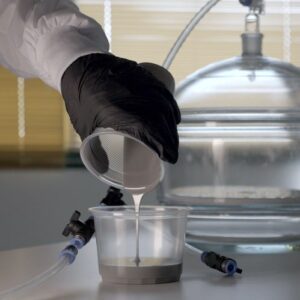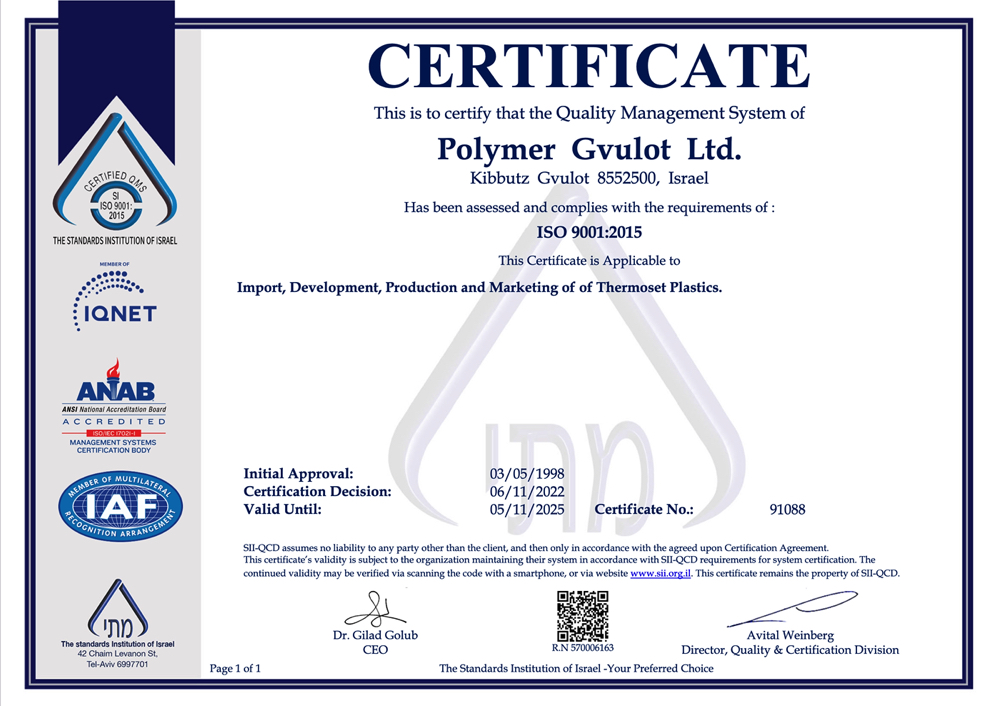How to choose a Potting Material – Potting Compound (encapsulation)
Potting is a process of filling a complete electronic assembly with a compound for resistance to shock and vibration, and for exclusion of moisture and corrosive.
When designing an application where
potting or encapsulating is necessary, generally the first question that arises is what kind of material should be used:
epoxy potting compound,
urethane potting material, or
silicone potting.
Any type of these materials will probably work when all that is needed is protection of the circuits or to hold in place deep fixtures.
The real challenge of choosing the right potting material depends on the specific application and the requirements of the device and it’s intended operation surroundings.
The types of potting material that you can choose from are:
- Epoxy Potting Compounds
- Polyurethane Potting Compounds
- Silicone Potting Compounds
Each family of chemistry has strengths and weaknesses and it is important to know and define what you need out of the potting material in the design stage (temperature resistance, conductivity, cohesive strength, flame retardant, adhesion etc, ).
Each solution offers a variety of products with a wide range of viscosities, hardness application and cure conditions.
When selection the suitable potting solution, it is important to consider production process:
is it a fast cure material? 2 component material that needs mixing and dispensing?
Epoxy Potting Compounds
Epoxy potting compounds generally have better adhesion, high temperature resistance, and chemical resistance. Epoxies also tend to have higher rigidity, modulus, and tensile strength. They also generally have a very good moisture resistance, making them the preferred option for outdoor applications.
Epoxies have an excellent dielectric property making them the prefect solution for potting transformers and switches.
For specific applications, several products have been tested and certified to comply with UL requirements, If the application requires UL compliance.
Our
epoxy potting compounds portfolio provides a wide range of solutions.
Polyurethane Potting Compounds
Urethane potting and encapsulating compounds can be formulated to have a wide range of physical properties.
Compared to epoxy systems, for temperature sensitive electronic modules, Polyurethanes have the advantages of curing at lower temperatures, with low exothermal effects during cure.
Most Polyurethanes offer better flexibility and crack resistance with a hardness in the low to mid shore A.
The adhesion of polyurethanes potting to a variety of substrates such as many plastics and composites provide good sealing of the electronic assembly therefore it is a good potting material for electronics.
The relatively lower cost of
these products makes them a good solution for a wider range of electronics applications.
Silicone Potting Compounds
Silicone potting compounds feature a unique combination of flexibility, high and low temperature resistance while maintaining constant mechanical properties over a wide range of temperature.
Silicones are soft and flexible with high elongation, making them suitable for potting sensitive electronics.
Silicone gels are typically used for very sensitive components and allow for easy repairability which is why Silicone Potting Compound is a suitable potting material for electronics

Read more about
potting compound for electronics
